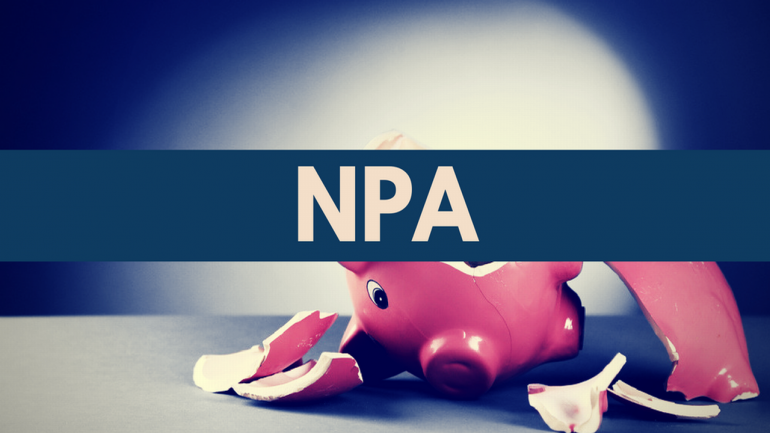At a time when India’s giant bad loan/NPA problem was continuously rising and was defying any resolution, the Insolvency and Bankruptcy Code, (IBC) was ushered in, for a much needed time bound solution to this crisis. It came with a statutory time limit of 180 days, within which a NPA case was required to be resolved by the National Company Law Tribunal, (NCLT), either by the sale of assets of the defaulter, or by a change in its management, or through a negotiated settlement of the dues, where the banks generally took huge haircuts/write offs, failing which a defaulting entity was to be liquidated. With an upper maximum permissible time limit of 270 days to resolve a case by the NCLT, under the IBC, the banks and the government thought that they had a solution to the NPA crisis on hand. To them, the resolution of the crisis, lay in the hands of judiciary. But they grossly underestimated India’s never ending judicial process, where litigations can go on seemingly forever.
The likes of Essar Steel, which is battling the takeover of its assets by Arcelor Mittal, have proved that almost every statutory timeline in the NCLT, can be defeated by a litigant with deep pockets, to engage the most expensive lawyers and challenge every procedure and formality, to prevent a conclusive judgement or resolution. The Essar case has now been in courts for more than 540 days and continues to be fiercely litigated. If litigation has been one huge hurdle in the NPA resolution by the NCLT, the bogus offers put by the likes of Liberty House, as in the case of Amtek Auto, has been another, thus putting obstacles to all the good statutory intention, for a time bound resolution of NPA cases in the NCLT.
Prior to the coming in of the IBC and the NCLT, the NPA resolution by banks went through questionable practices and litigation with no end in sight. It was a farce, only meant to manipulate books of account, of both the parties. At the first instance, the bankers and the defaulting borrower, both preferred a restructuring in order to postpone the inevitable ie. recognition of the NPA and hide the problem under the carpet. This is how the over Rs.10 lakh crores of NPAs got accumulated on the bank balance sheets. If that bogus restructuring failed, the banks preferred settlement of dues by way of an OTS, a one time settlement, involving huge write offs or simply sold away the bad loan to an ARC, again helping to postpone the reality, simply unwilling to come clean. Only if all this failed, banks dragged defaulters to the Debt Recovery Tribunal (DRT), in a round of endless litigation. Liquidation of insolvent/bankrupt borrowers, which is so common under the IBC at the NCLT, was an utter rarity then. While NPA cases were being piled up, the bankers who indulged in OTS, also soon faced charges of corruption, negligence and favouritism and that mode of settlement of NPAs came to an almost halt.
Interestingly, under the IBC at the NCLT, the OTS mode of settling NPA accounts has come back will full force. Almost a hundred such cases are expected to be settled through the OTS mechanism in this quarter, with banks taking an average write off of 50%, or even more, as we saw in the dubious/illegal OTS of Sterling Biotech, where the bankers took a haircut of 65% and the case of OTS of Alok Industries, where the haircut to bankers was 85%, to sell its assets to Reliance Industries. The banks prefer the OTS route, because it avoids uncertain/expensive litigation and immediately gets them better cash realisation than under any other approach, and borrowers prefer it too, not just because their dues are settled at a hefty discount, but also because it helps them to retain their entity. It is particularly the small loan accounts which are being settled in this manner, where the lender as well as the borrower are happy, resulting in closure of a NPA case.
While a NPA resolution is always good news, the point of concern is the OTS settlement in the matter of fraudulent and wilful defaulters, as it recently happened in the case of Sterling Biotech, thus opening doors for them to ultimately go scot free of the crimes that they committed. The pertinent issue is that of OTS becoming the preferred option of bankers again to settle NPAs, then why was IBC ushered in for this. And down the line you can be sure the NCLT too will become like any other court in India, with never ending litigation.
As an independent media platform, we do not take advertisements from governments and corporate houses. It is you, our readers, who have supported us on our journey to do honest and unbiased journalism. Please contribute, so that we can continue to do the same in future.

